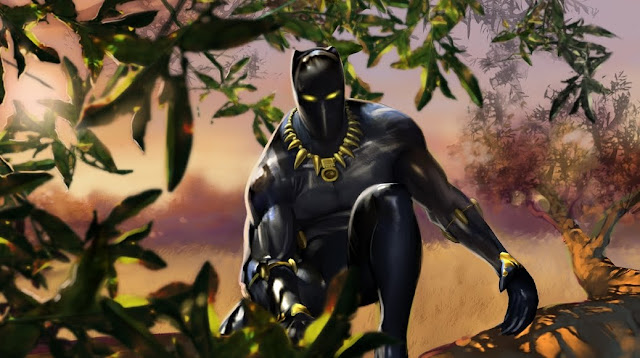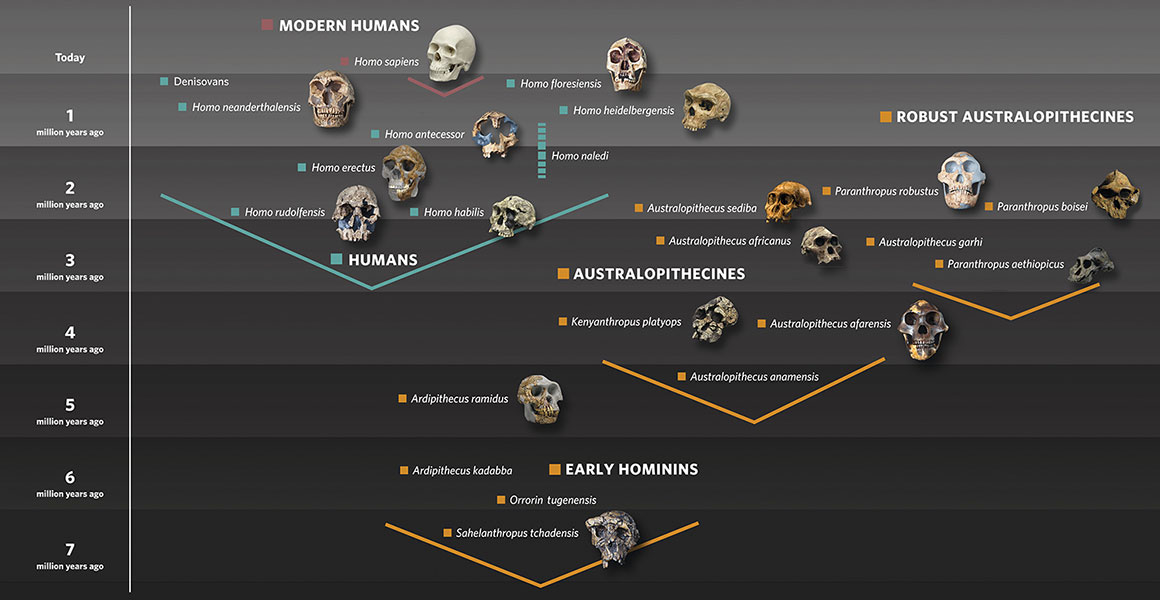Who doesn’t love a good conspiracy theory? From Bigfoot to
area 51’s spaceships, our tinfoil hats quake at the mere thought of there being
more layers and mystery to this world than the people in charge would have us
believe. Like a really mystical onion.
And the crème de la crazy of these theories is, of course,
aliens! With so many reports of aliens abducting people and putting stuff
waaaay up their butts in the name of science, you’d be forgiven for fearing the
little green men which so frequently grace the less credible among us with
their presence.
But these “encounters” do bring to light an important
question. The line between science fiction and fact is becoming increasingly
blurred as time goes on, and with projects such as the James Webb space telescope,
we may even uncover evidence of extra-terrestrial life as soon as a few years
from now. So, on the off chance they decide to drop in on us first, what will
they want?
Let’s get the big one out of the way, Earth becomes the target for an alien civilisation hell bent on expanding their empire like the Romans or Vikings, they gun down all the humans with futuristic weapons and claim Earth for its resources or whatever. Okay so ignoring the fairly evident fact that a civilisation this warlike would probably tear itself into pieces before it ever made it to space anyway, what the hell is the point? Unless they take an obtuse pleasure in mass murder, there is literally no reason for them to risk so much against the millions of guns and missiles that would be pointed at them. Let’s face it, if there’s one thing humans are good at, it’s senseless violence, and it just wouldn’t be worth the risk for the measly amount of minerals that would be available to them.
In fact, they’d be able to acquire larger amounts of these
minerals in the asteroid belt without the hassle of Earth’s gravity field. As
far as we know we’re not in an important position in the galaxy either, our
planet is an average size and age surrounding a perfectly normal star with
minimal amount of an extremely ordinary amount of resources in our atmosphere
and crust. Even plate tectonics probably aren’t anything special! It can’t be
anything about the physical structure of Earth that’s significant to them.
So, let’s ask, why does anyone ever go to a new place?
Exploration always has a motive of some sort, be it financial or scientific or
something else, and we must assume that what would inspire aliens to come to
Earth would be unique and specific to Earth. The only thing that logically makes
sense is the life on Earth and its intelligent creations. So, if aliens came to
Earth it would have at least something to do with us and our culture.
If they are interested in us, then we can assume by balance
of probability that it is probably scientific. Despite what Hollywood would
have you believe, we could not be used as breeding partners for them easily due
to the genetic rifts rendering the DNA unable to fit together properly.
Although it’s worth noting they could probably use us as a host for eggs, like
in the Alien and Predator films, species doesn’t really matter for that. But
that opens up a whole new can of worms on the types of creatures than can be
born by such methods and if they are capable of evolving for intelligence,
which as a physics student, I am entirely unqualified to give an accurate
opinion on.
 However, a species able to travel interstellar distances is
far more likely to be interested in the science of our planet, learning about
millions of species and possibly entirely new geologies, psychology and
chemistry than they would be used to. Although they’d probably surpass us in physics
and maths, scientifically speaking, there is no downside to exploration. You
only gain more knowledge and data, expanding your horizons with new accomplishments.
However, a species able to travel interstellar distances is
far more likely to be interested in the science of our planet, learning about
millions of species and possibly entirely new geologies, psychology and
chemistry than they would be used to. Although they’d probably surpass us in physics
and maths, scientifically speaking, there is no downside to exploration. You
only gain more knowledge and data, expanding your horizons with new accomplishments.
If they do come, it would be almost certainly due to their
desire to see our science and culture and learn as much as possible. However I
feel obligated to point out that my optimistic outlook on this may be largely
due to my human… nature.
Thanks for reading!! I’m hoping to post on a monthly schedule
once I’m back at uni so this blog should get pretty regular again with any luck,
Talk to you guys soon!! 😊










.svg/2000px-Map_of_the_fossil_sites_of_the_early_hominids_(4.4-1M_BP).svg.png)